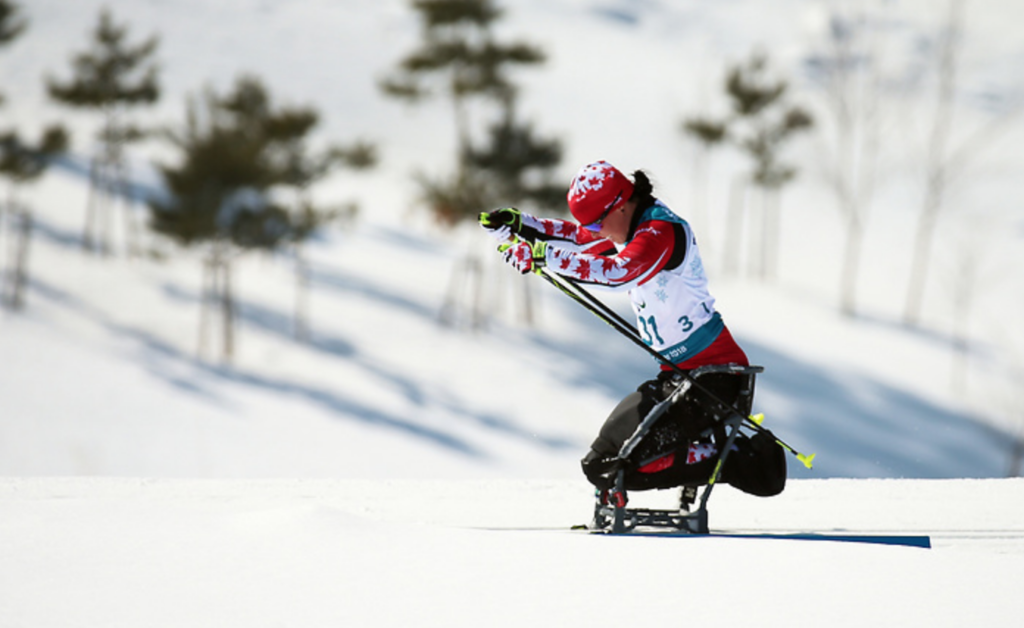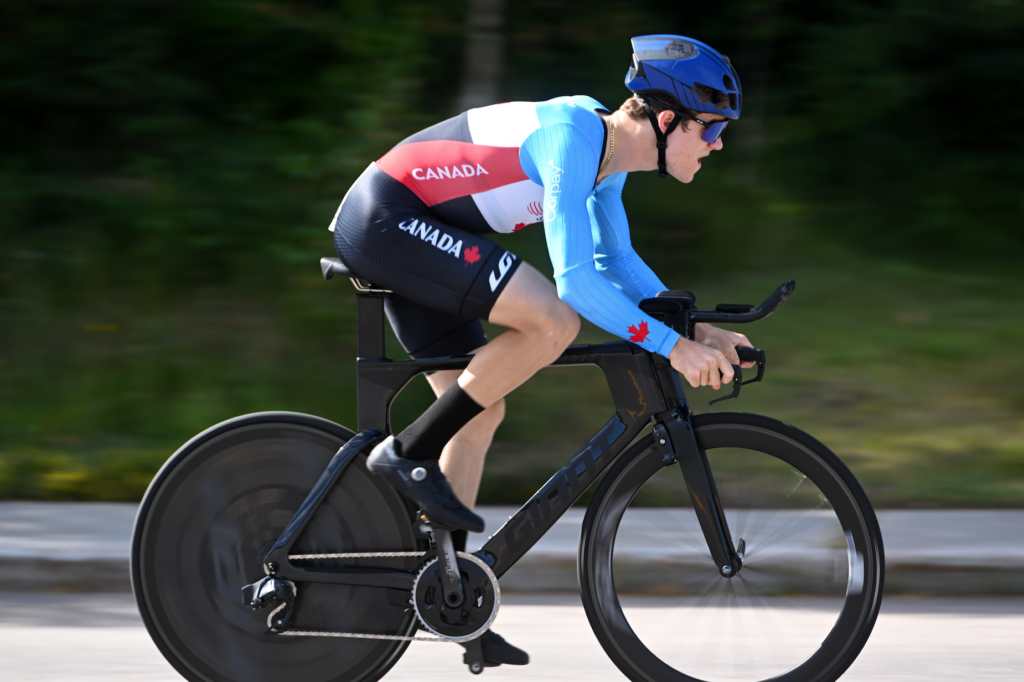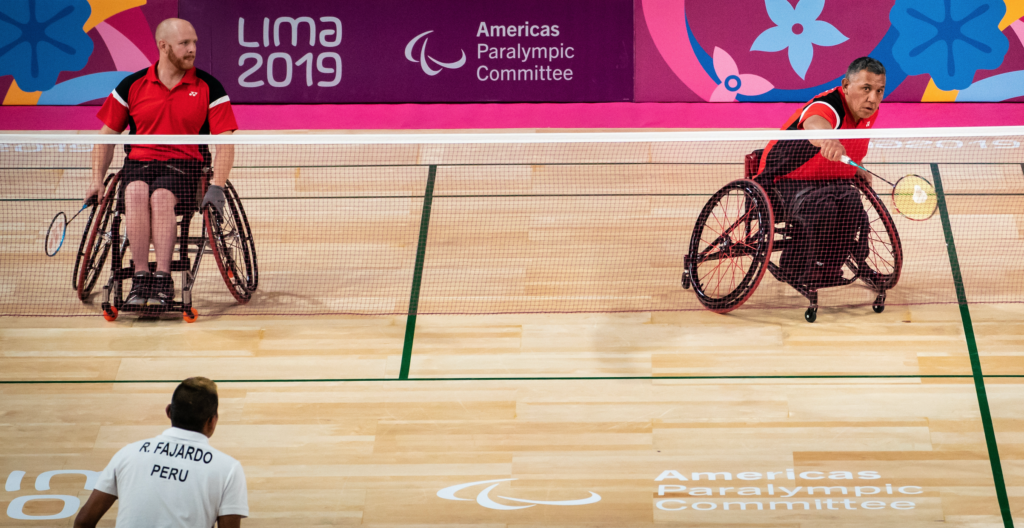Coaching Wheelchair Athletes
Coaches play an important role in facilitating athlete development. Shepherding athletes through an introduction to Para sport after an accident is a unique coaching role. This study explores the role of wheelchair rugby coaches in the development of athletes with a spinal cord injury.
No singular path through Para sport: Canadian Para nordic skiers on multi-sport and athlete transfer

This blog is a part of a series created in collaboration with the Canadian Paralympic Committee and the Paralympic Athlete Transfer Task Force, spotlighting the opportunities and challenges of Para athlete transfer and multi-sport participation. In 2006, Robbi Weldon came across a copy of Abilities Magazine. The front cover featured Para cyclist Brian Cowie and…
Doing Para sport classification differently
The COVID-19 pandemic has limited access to athlete classification, a requirement for Para sport competition. To this end, researchers at Western University are working to develop and evaluate hybridized frameworks to deliver classification, including elements of virtual classification. The aim is to consider approaches that require few resources and create greater levels of accessibility to…
Challenges and opportunities of dual sport participation

This blog is a part of a series created in collaboration with the Canadian Paralympic Committee and the Paralympic Athlete Transfer Task Force, spotlighting the opportunities and challenges of Para athlete transfer and multi-sport participation. Not many athletes can claim both summer and winter Paralympian status. Liam Hickey of St. John’s, Newfoundland, is one of those rare athletes. He represented Canada…
Celebrating difference
The #WeThe15 campaign aims to use sport to help break down barriers and end discrimination against the 15% of the world’s population that experiences disability. But some researchers argue that the campaign overlooks the exclusionary nature of certain events, such as the Paralympic Games (in which only certain bodies with disabilities are eligible to compete)….
Push and pull: Paralympian Brianna Hennessy is stronger for her multi-sport participation

This blog is a part of a series created in collaboration with the Canadian Paralympic Committee and the Paralympic Athlete Transfer Task Force, spotlighting the opportunities and challenges of Para athlete transfer and multi-sport participation. “Para sport, for me, it’s my purpose. It’s the only time I feel alive,” says Brianna Hennessy, Tokyo Paralympian. Hennessy was struck by a…
Collaborative coaching is key to successful Para athlete transfer

This blog is a part of a series created in collaboration with the Canadian Paralympic Committee and the Paralympic Athlete Transfer Task Force, spotlighting the opportunities and challenges of Para athlete transfer and multi-sport participation. When COVID-19 hit, like the rest of us, Alexandre Hayward was stuck at home. Hayward, a member of the Canadian Junior National Wheelchair Basketball…
Changing the rules
A high incidence of injury rates observed during Para alpine events at the 2014 Sochi Winter Paralympic Games led to a close collaboration between sport technical officials, host officials and the IPC Medical Committee. That collaboration led to rule changes, such as racing earlier in the day when snow conditions were better, which greatly reduced…
Special Olympics and community inclusion
People with intellectual disabilities often feel excluded from their communities. Sport participation is one way to promote social inclusion. A transnational study suggests that Special Olympics athletes who feel more included in sport are also more likely to feel included within their local communities.
How “athlete transfer” is opening new avenues for development in Para sport

This blog is a part of a series created in collaboration with the Canadian Paralympic Committee and the Paralympic Athlete Transfer Task Force, spotlighting the opportunities and challenges of Para athlete transfer and multi-sport participation. When Richard Peter retired from wheelchair basketball following a gold-medal performance at the London 2012 Paralympic Games, the then-40-year-old didn’t think a second career…